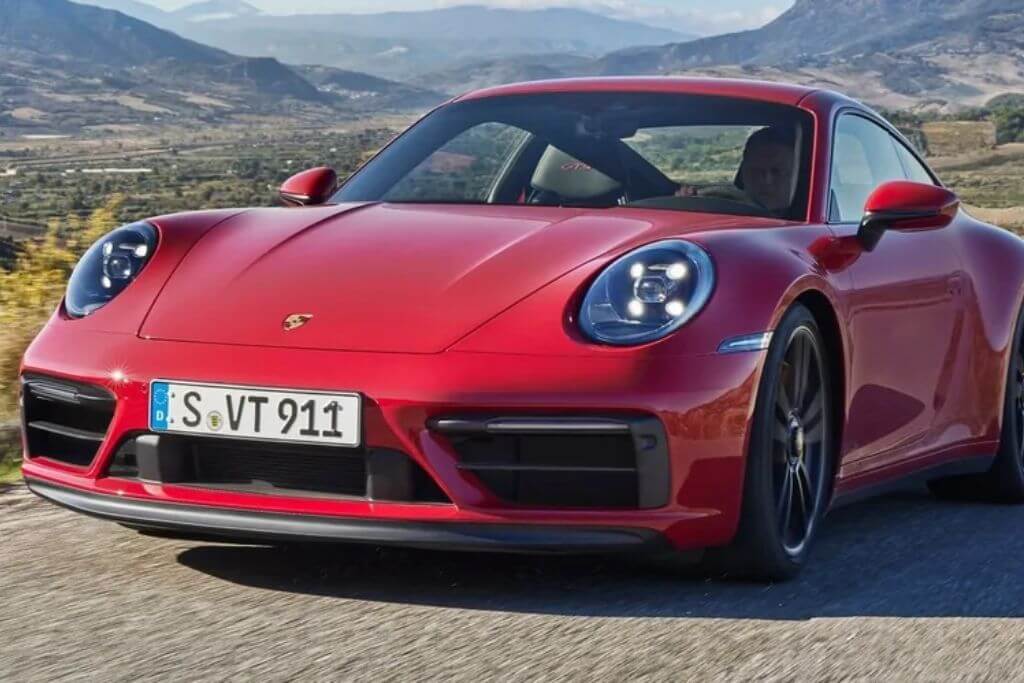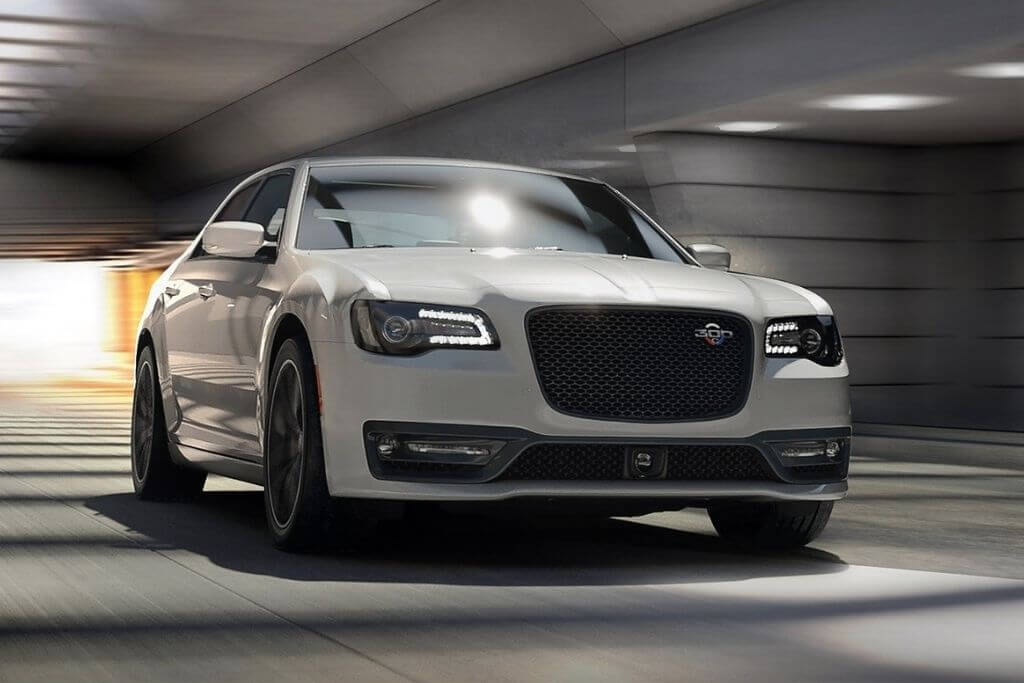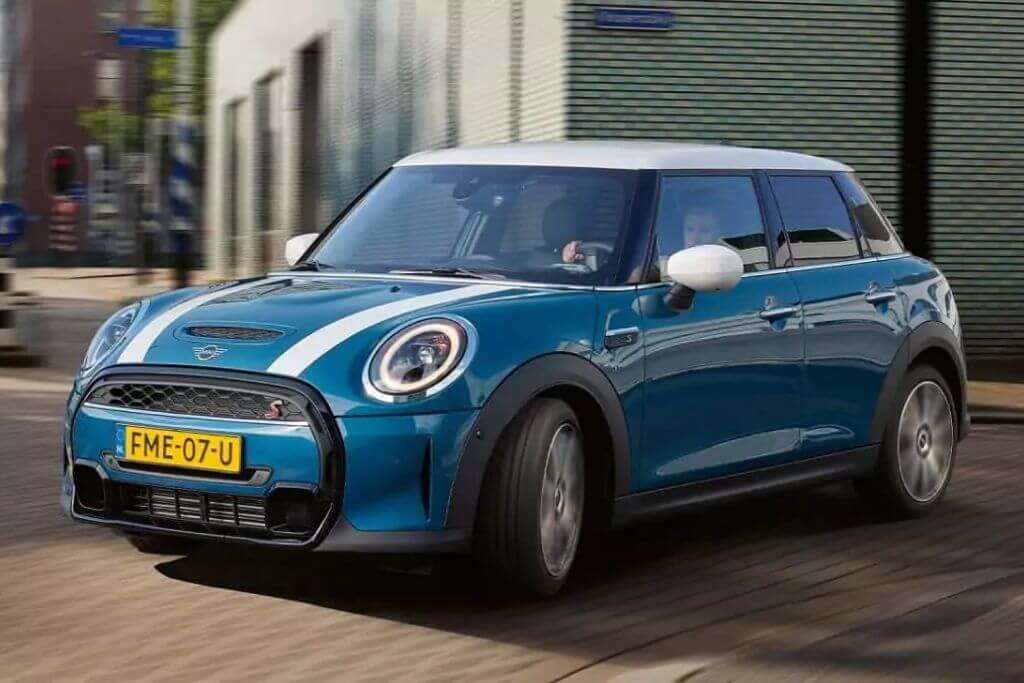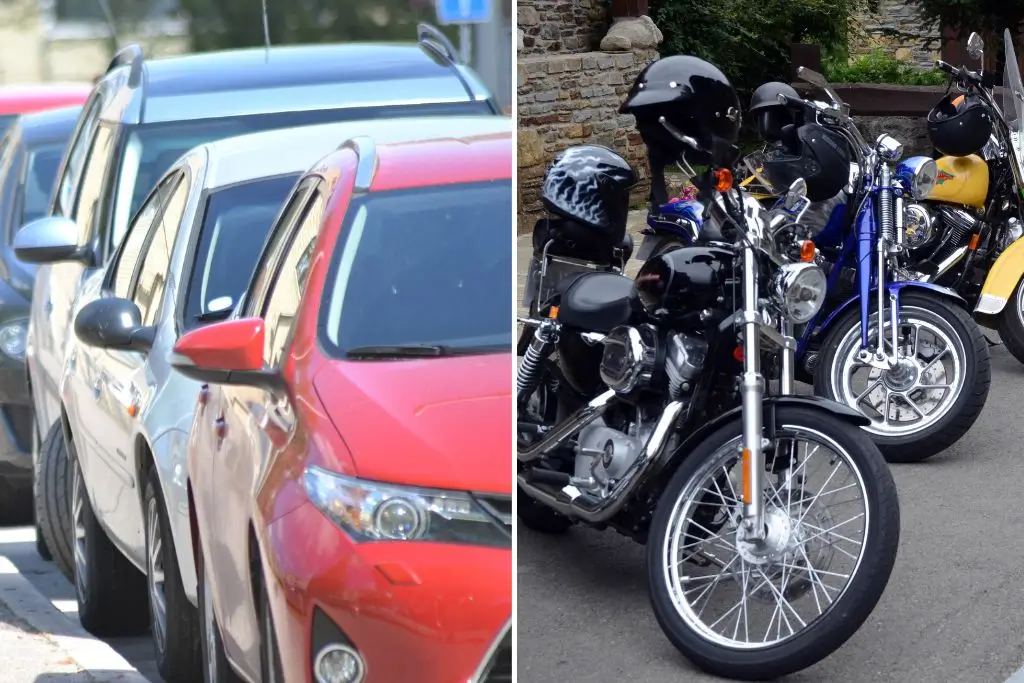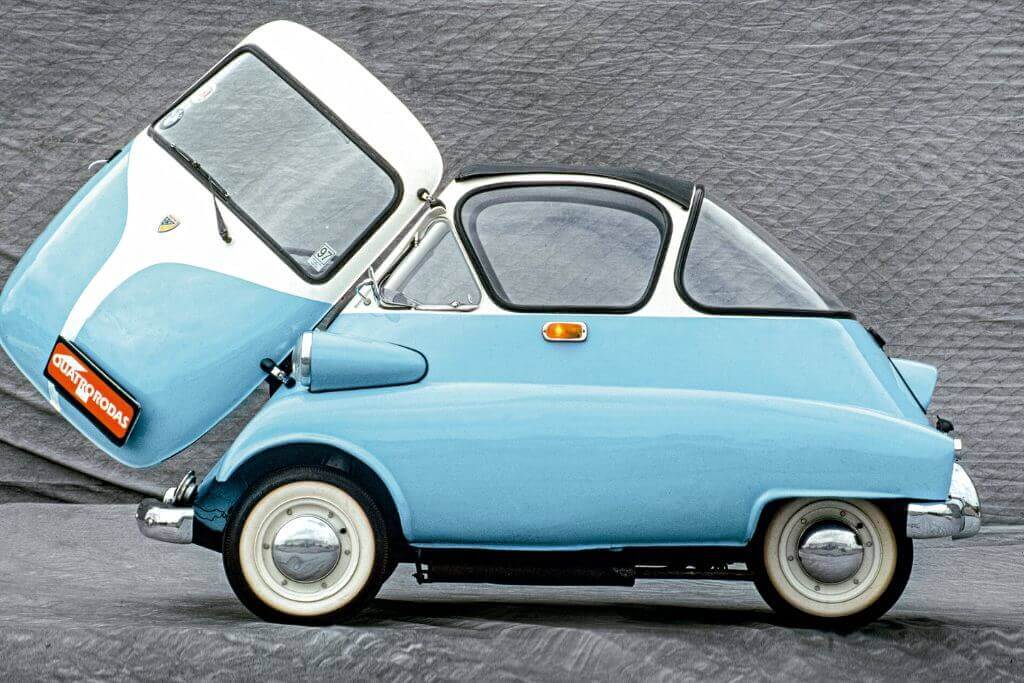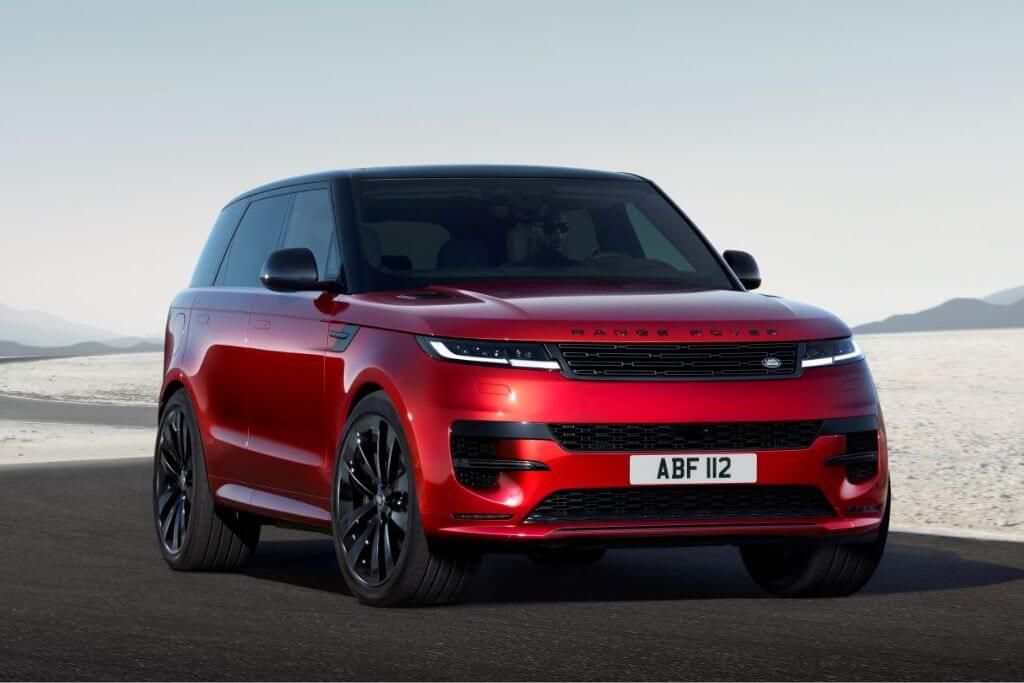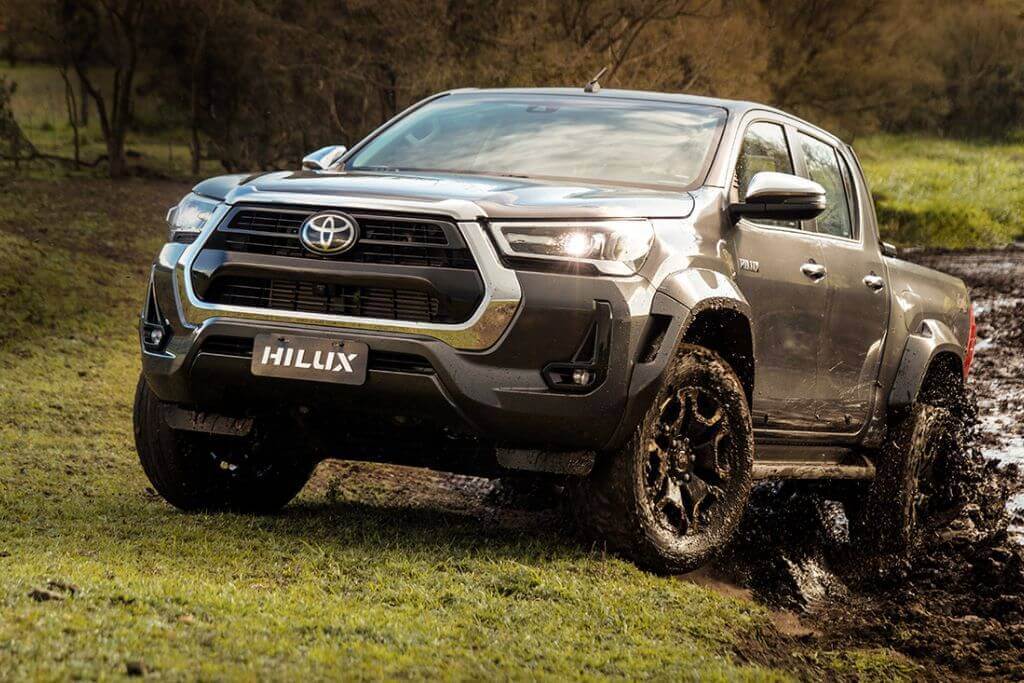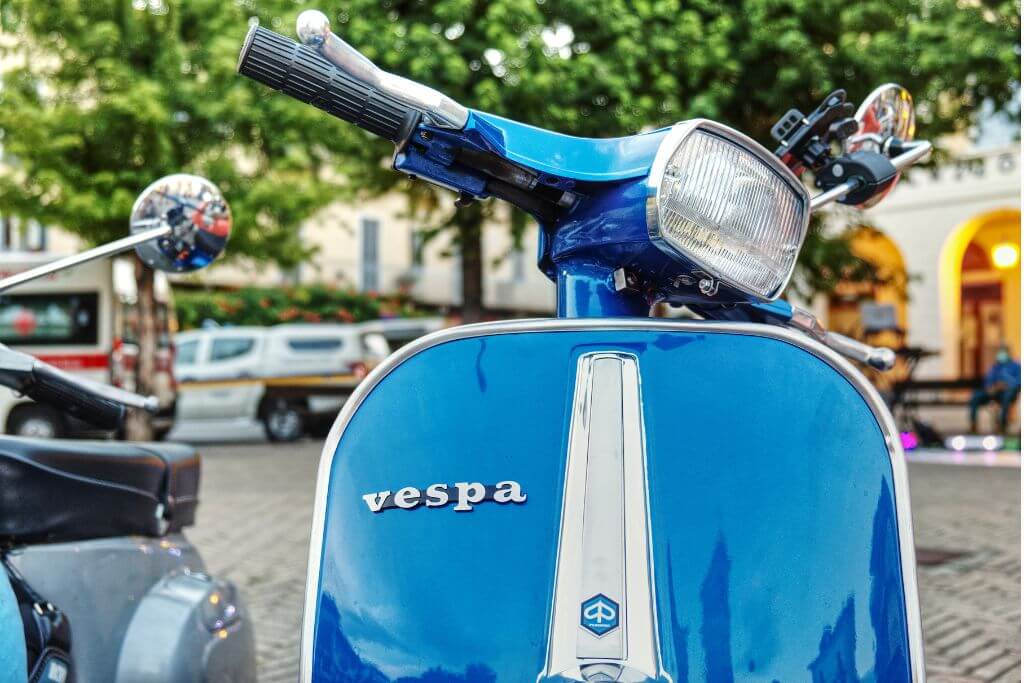Learn more about the history of Jeep, the renowned American automotive brand that came to prominence during the Second World War.
Adverts
Jeep is a major American brand, playing a crucial role during the Second World War by supplying 4×4 vehicles essential to the needs of the US armed forces.
Initially known as Willys Overland, the brand underwent a name change to Jeep after being acquired by the Fiat group.
The brand's success came through its aggressive 4×4 models, notable for their efficient mobility. The Willys manufacturer began producing Jeep models in 1941 for use by American soldiers.
Adverts
The first model manufactured was the Willys MB, with more than half a million units produced and used by the armed forces.
After this military phase, the brand expanded its activities into the production of civilian vehicles, maintaining the philosophy of aggressive engines and easy mobility on different terrains.
The company has maintained its legacy over the years, continuing to produce cars that inherit the robustness and versatility originally designed for military purposes.
In Brazil, Jeep achieved great success when the 4×4 off-road cars came to be popularly called "Jeep", a term that refers to the American brand.
It's worth noting that Jeep also produces military vehicles, with a special division called Jeep Milita, which meets the needs of the US government in this segment.
Quick Index:
The perfect combination
The Jeep Cherokee, a sports utility vehicle (SUV), has played a key role in creating and consolidating one of the most successful segments on the global automotive scene.
From 1974 to the present day, the Cherokee has been the brand's most renowned and profitable car. This emblematic vehicle was designed to unite two distinct universes in a single car, combining the characteristic robustness of an off-roader with the sophistication found in a mid-size sedan.
You might be interested:
- Free dental implants in the Smiling Brazil Programme
- Receivables: how to claim on time
- All about the Winter Bono
Jeep's model range covers a variety of popular options, including the Grand Cherokee, Wrangler, Laredo, Comanche, Compass and, more recently, the Renegade.
Each model contributes to the brand's reputation by offering a balance between performance, off-road versatility and comfort, meeting different consumer needs and preferences.
The brand's presence extends to more than 100 countries, with the United States being its largest market. Over the years, the brand has stood out for maintaining a unique combination of characteristics, winning over a global base of fans and consumers.
The brand's largest model
The Jeep Wrangler is undoubtedly the brand's most iconic model, rooted in its military heritage. As the brand's civilian vehicle, the Wrangler incorporated all the aggressive design and engine aspects of the military model.
The first generation Wrangler, known as the "Jeep YJ", made its debut in 1986 and remained in production until 1995, when it succeeded the Jeep CJ-7, undergoing four years of development. Compared to its predecessor, the first-generation Wrangler was slightly less capable off-road, but offered greater comfort in everyday driving thanks to suspension adjustments.
The design of the Wrangler was carefully thought out to meet the needs of consumers looking for a versatile vehicle capable of tackling challenging off-road terrain, such as mud and trails, while maintaining practicality for everyday use.
Despite the improvements in comfort, the new Wrangler preserved many similarities with its military predecessor, the CJ (Civilian Jeep). The inaugural Wrangler measured 3.88 metres long, 1.70 metres wide, 1.80 metres high, with a wheelbase of 2.37 metres.
Its braking system included ventilated discs at the front and drums at the rear, with a robust suspension made up of rigid axles and leaf springs on both axles.
The engines available included a 2.5-litre four-cylinder with 120 hp and 18.7 kgfm, a 4.2-litre six-cylinder with 114 hp and 18.7 kgfm (until 1990), and later, a 4.0-litre six-cylinder engine with multi-point electronic injection, producing 183 hp and 30.4 kgfm (between 1990 and 1995).
Transmission options included five-speed manuals or three-speed automatics, giving consumers a wide range of choices.
Jeep Trackhawk
One of the world's fastest SUVs is powered by a powerful 6.2-litre supercharged V8 engine capable of generating an impressive 717 hp and 89 Nm of torque.
This Trackhawk version represents the evolution of one of the brand's most iconic SUVs, establishing itself as the fastest in its category.
Its 6.2-litre supercharged V8 engine not only delivers a power output of 717 hp, but also provides a robust 89 Nm of torque. The model incorporates a modified automatic transmission to optimise performance.
With this high-performance mechanical configuration, the SUV achieves impressive performance figures: from 0 to 96 km/h (60 mph) in 3.5 seconds and from 0 to 186 km/h in just 11.6 seconds, covering 400 metres, with an impressive top speed of 289 km/h.
In addition, the upgraded Brembo braking system, with the largest front discs ever seen on a vehicle from the brand, allows for a remarkable braking distance, going from 96 km/h to 0 in just 43.9 metres.
The lateral acceleration capacity in bends reaches up to 0.88 G, further emphasising the SUV's impressive performance.
Curiosities
Jeep is a vehicle brand known mainly for its SUVs and off-road vehicles. Here are some interesting facts about the company:
Military Origins: The brand has its roots in the Second World War, when Willys-Overland and Ford produced all-terrain vehicles known as "Willys MB" and "Ford GPW" for military use. These vehicles were essential to the war effort.
The term "Jeep": The origin of the term "Jeep" is uncertain, but it is often associated with a phonetic pronunciation of the acronym "GP", which stands for "General Purpose", a military designation for vehicles.
Post-war civilisation: After the Second World War, the company began producing vehicles for civilian use. The Jeep CJ (Civilian Jeep) was launched, beginning the popularity of off-road utility vehicles for the general public.
Wrangler: The Jeep Wrangler, introduced in 1986, is the spiritual successor to the Jeep CJ and has become an icon in the off-road vehicle category. It is known for its robust design and off-road capability.
Grand Cherokee: launched in 1992, is a mid-size SUV that quickly became popular for offering a combination of on-road comfort and off-road capability.
Jeep Cherokee: The Cherokee, in several generations, is another important SUV in the Jeep line-up. In addition to the current model, a Cherokee XJ from the 1980s is considered a classic.
Compass and Renegade: These are newer models that fit into compact SUV segments. The Renegade is known for its distinctive styling and off-road capability, while the Compass offers a balance between urban functionality and off-road adventures.
Events: Jeep organises events and gatherings dedicated to owners and enthusiasts of the brand, such as the Jeep Jamboree. These events highlight the off-road capabilities of the vehicles.
Jeep Gladiator: Launched in 2020, the Gladiator is a pick-up truck based on the Wrangler, combining off-road capability with the utility of a cargo bed.
Global Strategy: Jeep became part of the Stellantis Group following the merger of Fiat Chrysler Automobiles (FCA) and PSA Group. The Jeep brand maintains a global presence, with vehicles sold in many countries around the world.
These curiosities highlight the rich history and diversity of Jeep's vehicle line-up, from its military days to the latest consumer models. The brand is appreciated for its off-road heritage and continues to be a popular choice for adventure enthusiasts.
Did you like learning more about the history of Jeep?
Read also: The history of Chevrolet
You may be interested:






